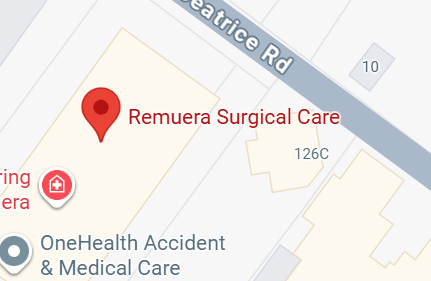Common hand issues like trigger finger or carpal tunnel are treatable — don’t ignore the early signs. CEPS can help.
Our hands do so much — from typing emails to holding loved ones, cooking dinner to driving the car. But when something starts to go wrong, it’s easy to brush it off or wait too long before getting help. At CEPS, we see a lot of patients who wish they’d come to us sooner.
In this blog, we’ll walk through four of the most common hand conditions we treat — and why you shouldn’t ignore them.
1. Trigger Finger
Ever had a finger that suddenly locks or catches when you try to bend or straighten it? That could be trigger finger. It’s caused by inflammation in the sheath that surrounds the tendon. Patients often describe it as their finger getting stuck or “clicking” painfully.
The good news? If treated early, options include rest, splinting, or a quick steroid injection. If it becomes chronic, a small surgical procedure can free up the tendon and restore full motion.
2. Ganglion Cyst
These fluid-filled lumps usually appear near joints — especially on the back of the wrist. They can be soft or firm, and might get bigger or smaller over time. Sometimes they hurt, especially with movement, but they can also just be an annoying bump.
Ganglion cysts aren’t dangerous, but they can press on nerves or interfere with movement. At CEPS, we offer options like aspiration or surgical removal — often with minimal scarring.
3. Carpal Tunnel Syndrome
Do your fingers tingle or go numb, especially at night? Carpal tunnel syndrome happens when the median nerve gets compressed at the wrist. You might notice numbness, tingling, or even weakness in your hand.
It often starts gradually and can be mistaken for poor circulation or arthritis. We see this a lot — especially in people who use computers or repetitive hand movements.
Early treatment might involve splinting or steroid injections. If symptoms persist, a short procedure to release pressure on the nerve can make a big difference — often with quick recovery.
4. Dupuytren’s Contracture
This condition causes the fingers (often the ring and little fingers) to bend inward over time. It starts with a firm lump in the palm and progresses slowly. It’s painless at first, which is why many people ignore it — until it starts affecting grip or daily tasks.
We offer tailored treatment at CEPS — from monitoring to corrective surgery — to help restore hand function and improve quality of life.
When Should You See a Specialist?
If you notice pain, numbness, stiffness, or a lump that wasn’t there before, it’s worth getting checked. Early treatment often means simpler treatment — and better results.
You don’t have to live with hand discomfort or limitations. Even conditions that seem minor can impact your quality of life. A quick consultation can give you answers and a plan forward.
What to Expect at CEPS
We take time to understand your symptoms and goals. Our team is led by hand and reconstructive surgery expert Dr Adam Greenbaum. Whether it’s a surgical or non-surgical solution, we’ll guide you through it with clarity and care.
Many of our procedures are done as day-stay surgeries under local anaesthetic — no need for an overnight hospital stay. And we work closely with hand therapists to ensure a smooth recovery.
Don’t Ignore the Signs
Hand issues are common — and very treatable. If something feels off, let us take a look. You use your hands every day; they deserve expert care.
Based in Auckland, CEPS is here to help. Book your consultation at ceps.nz.






